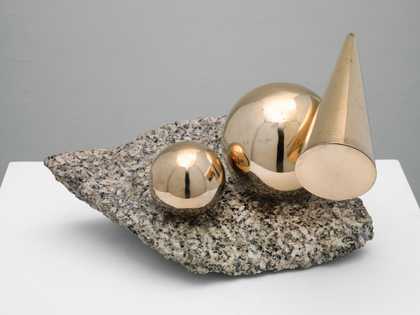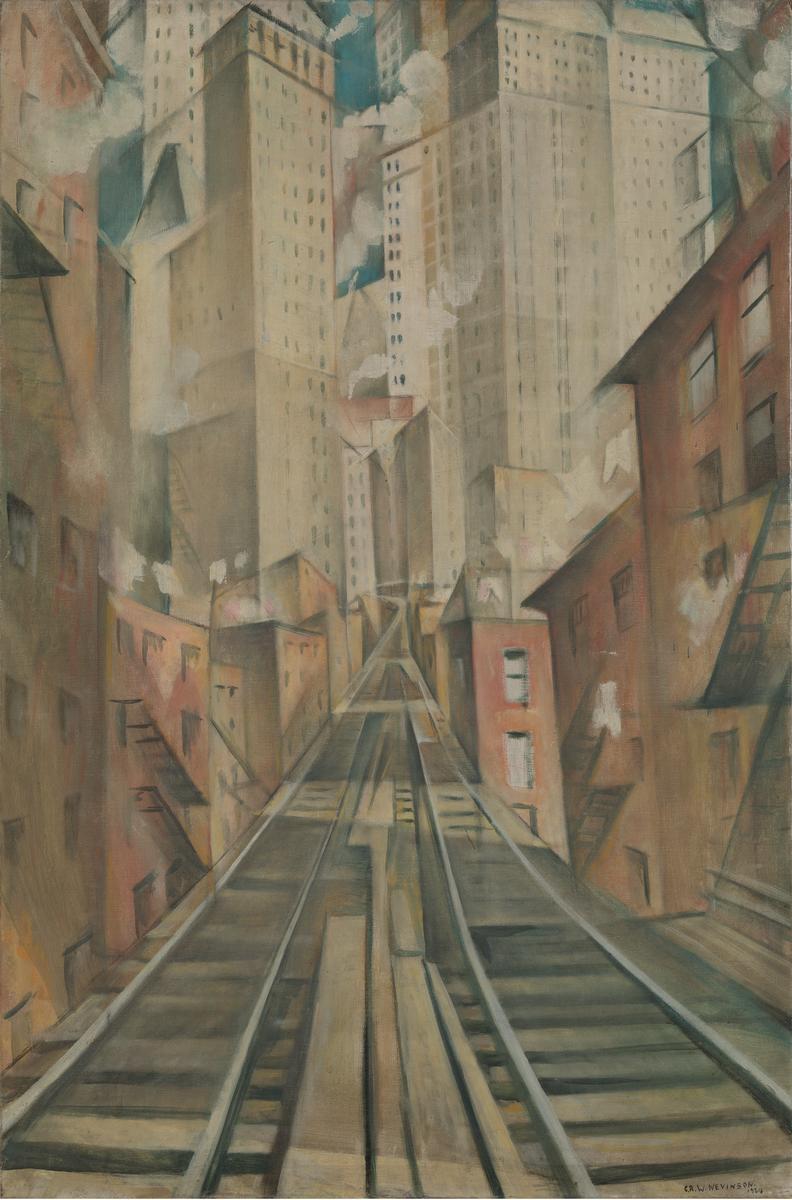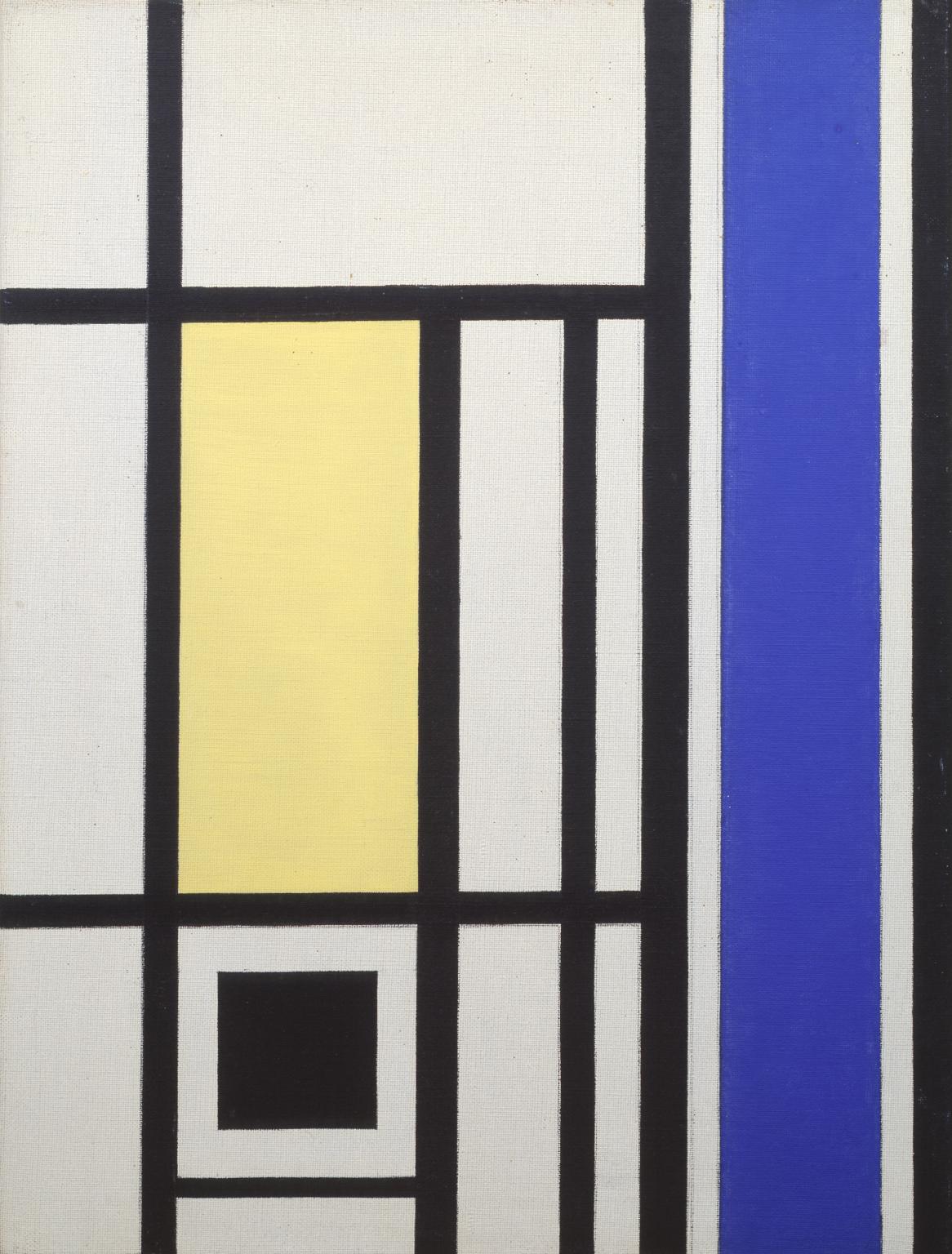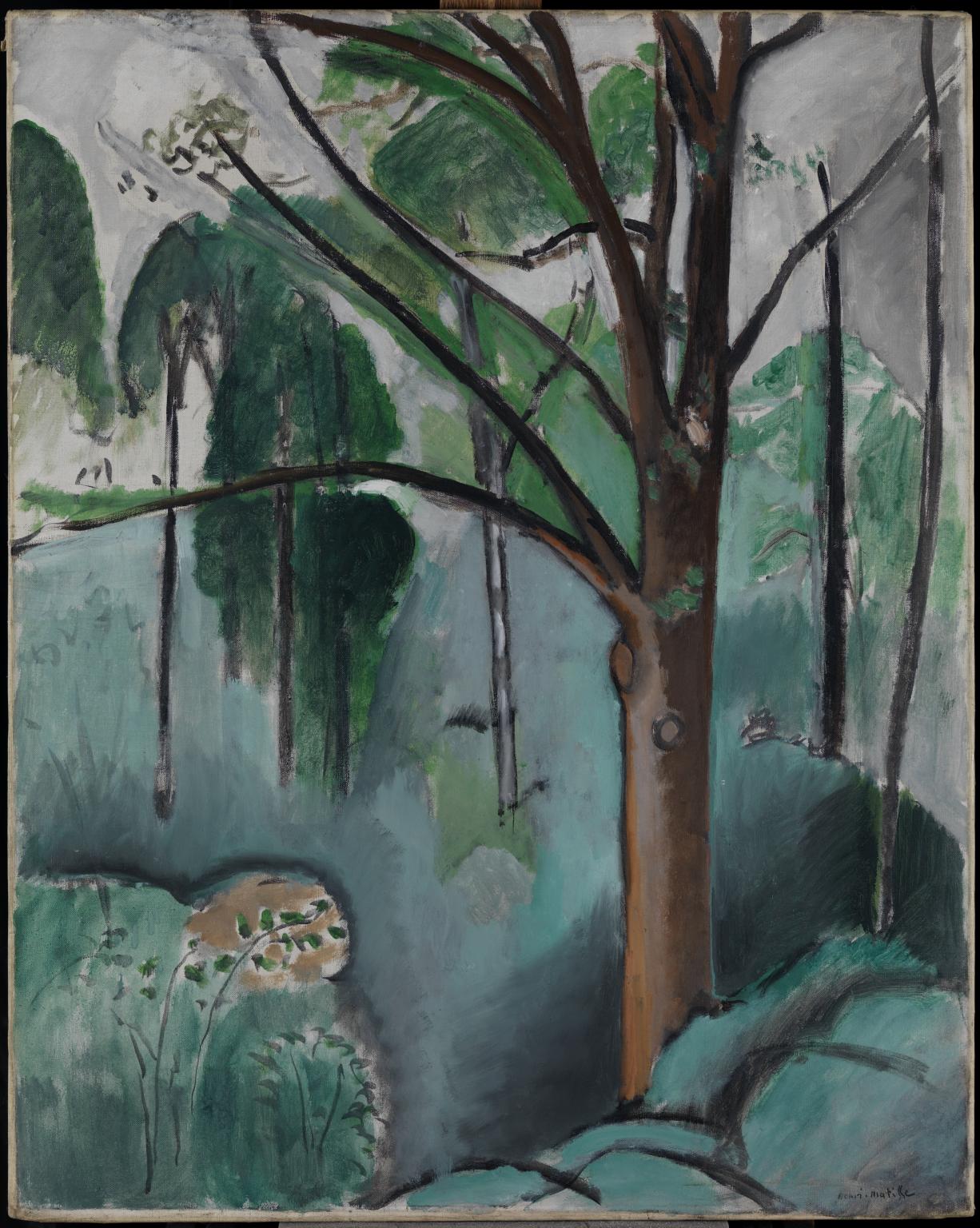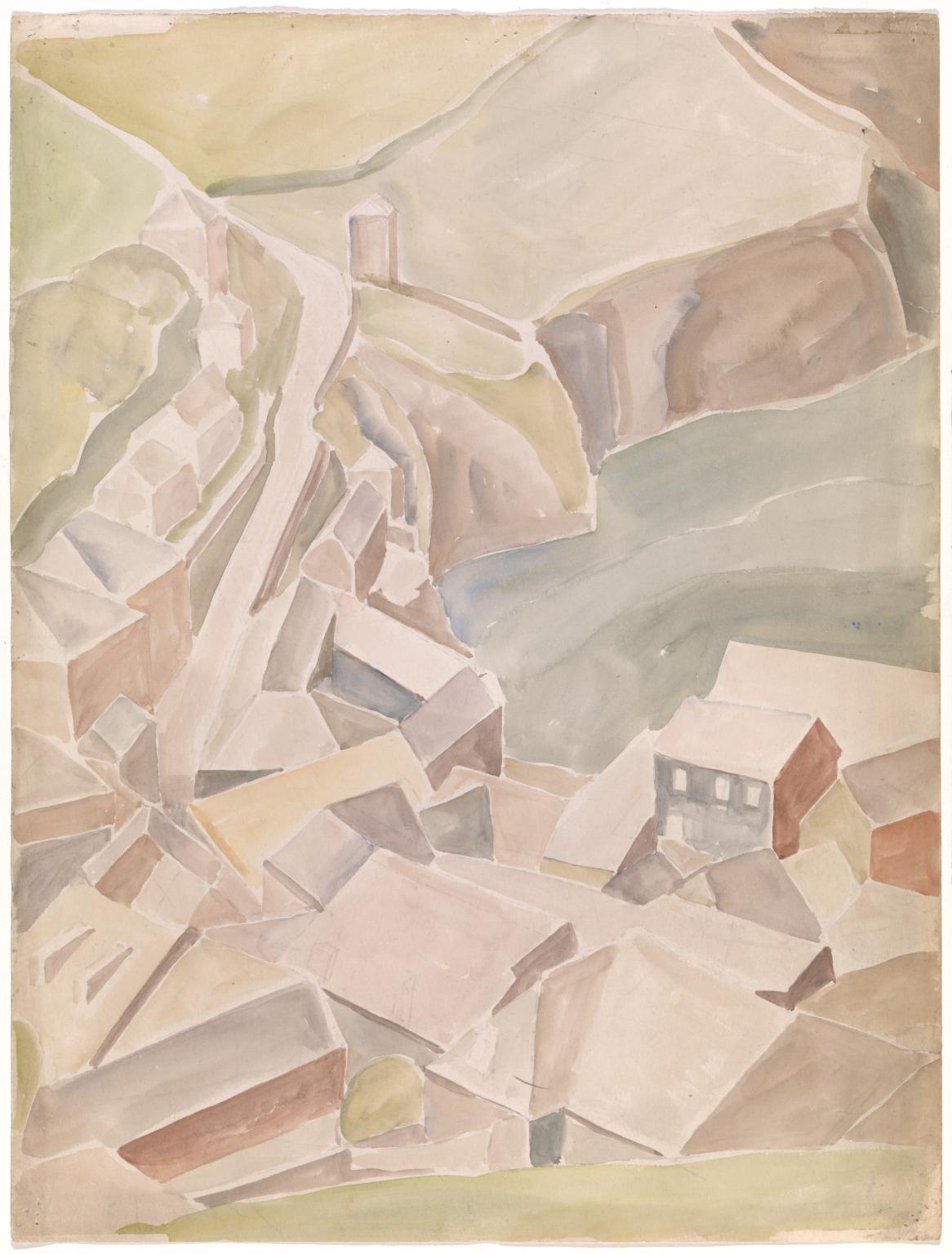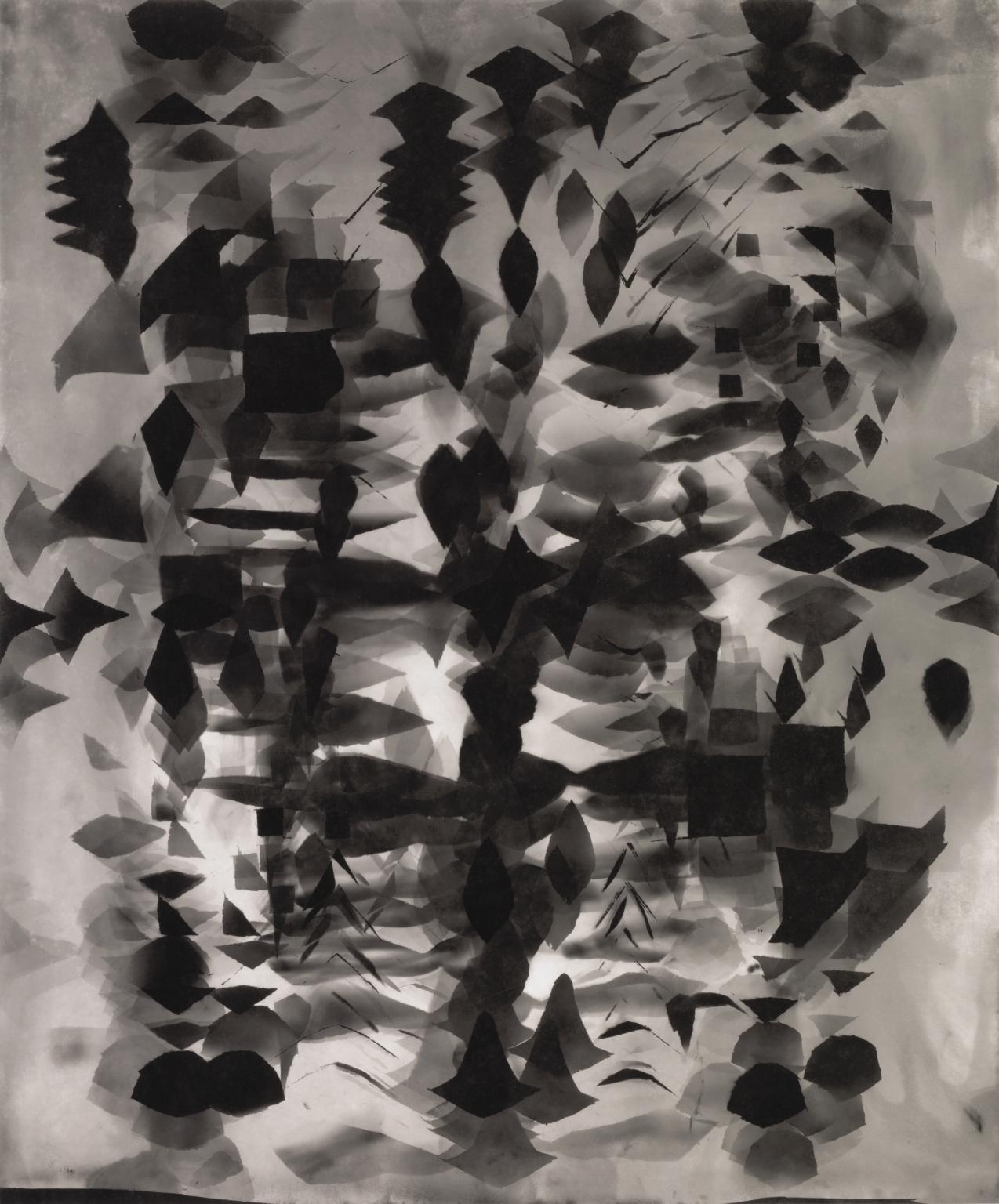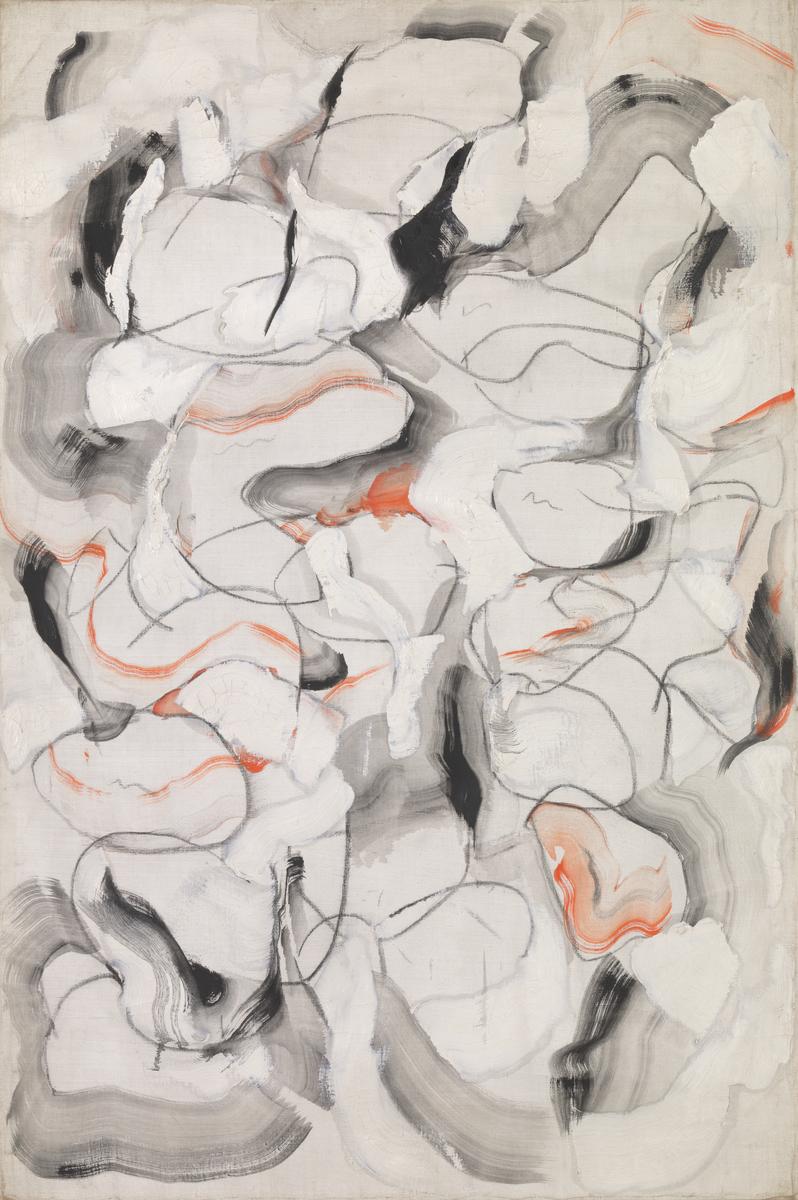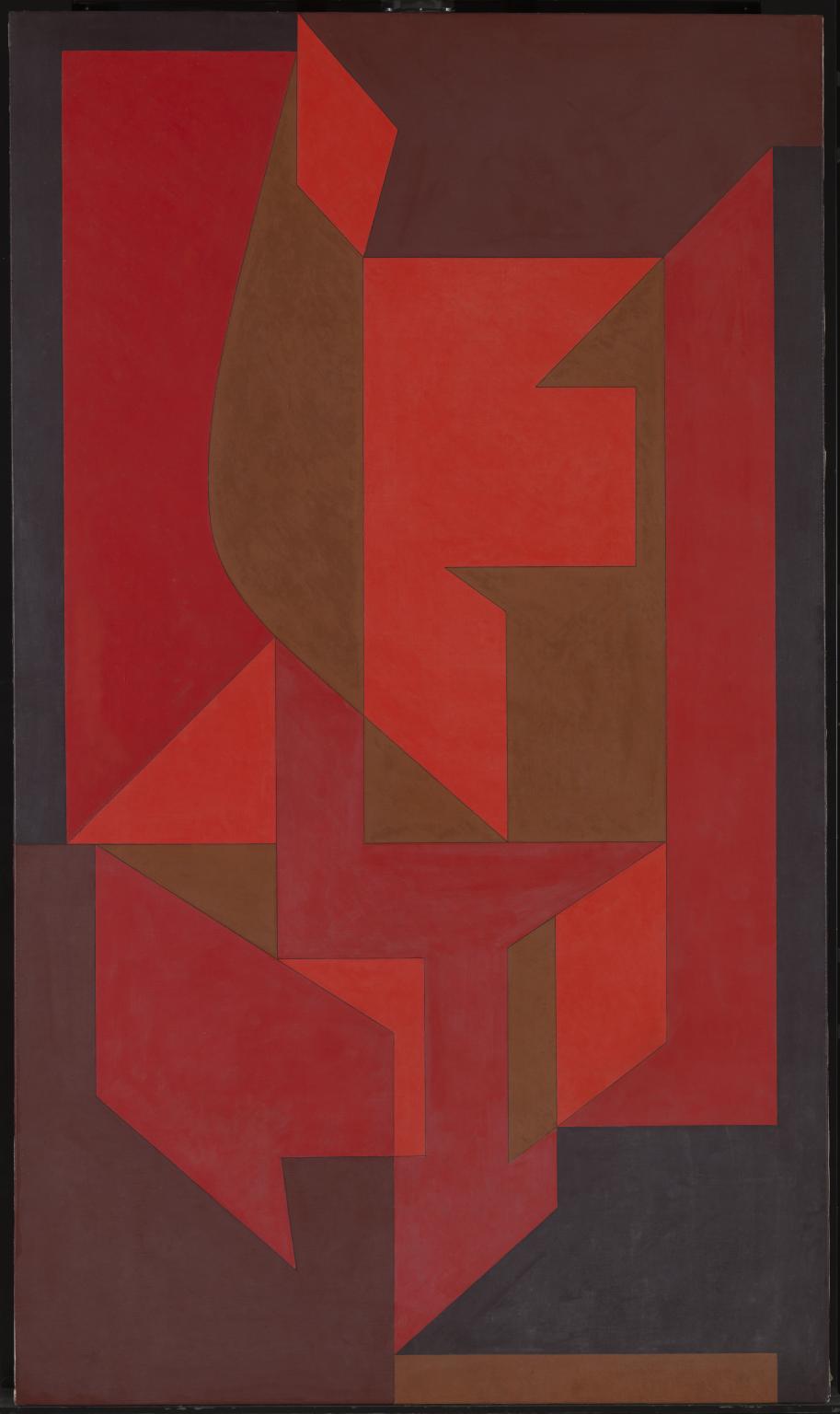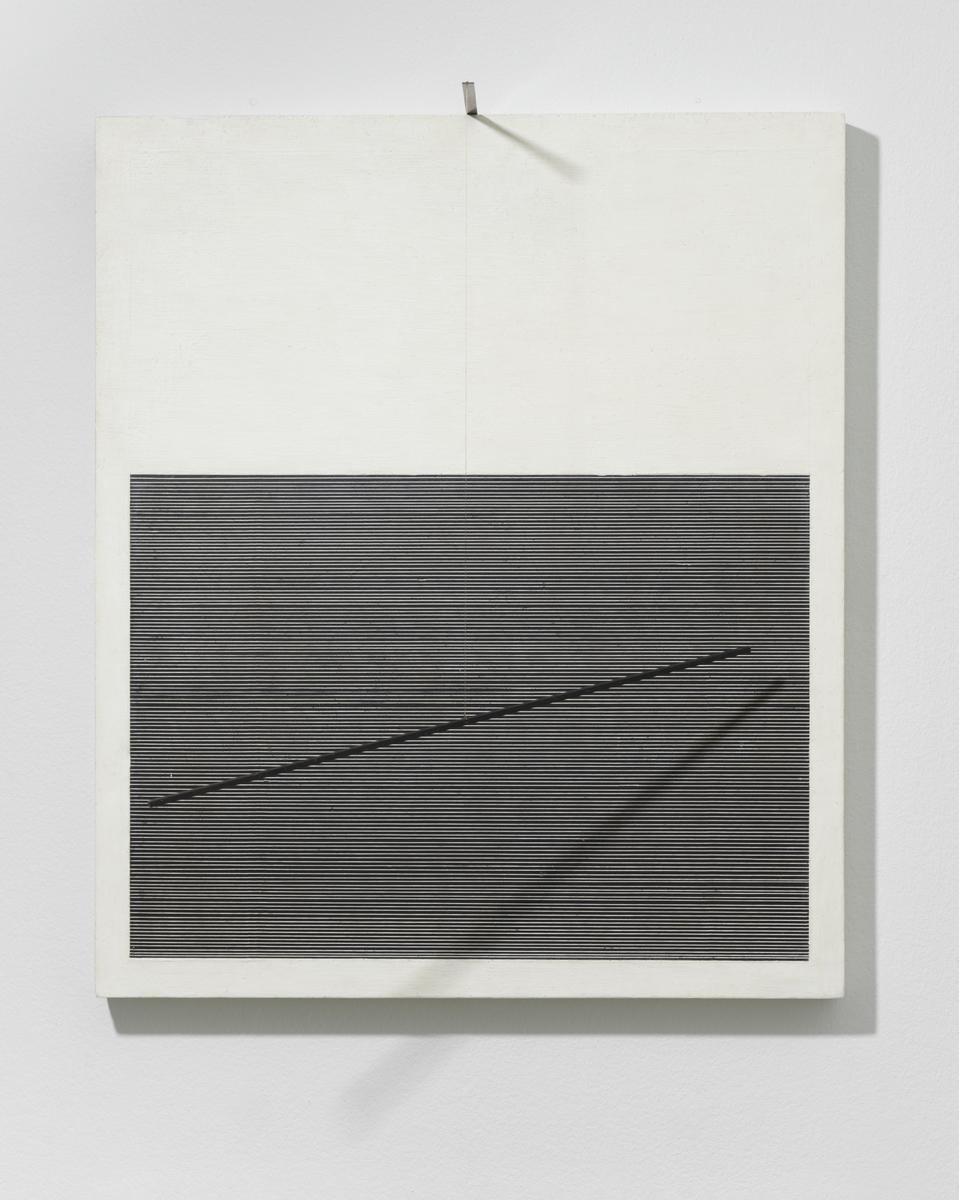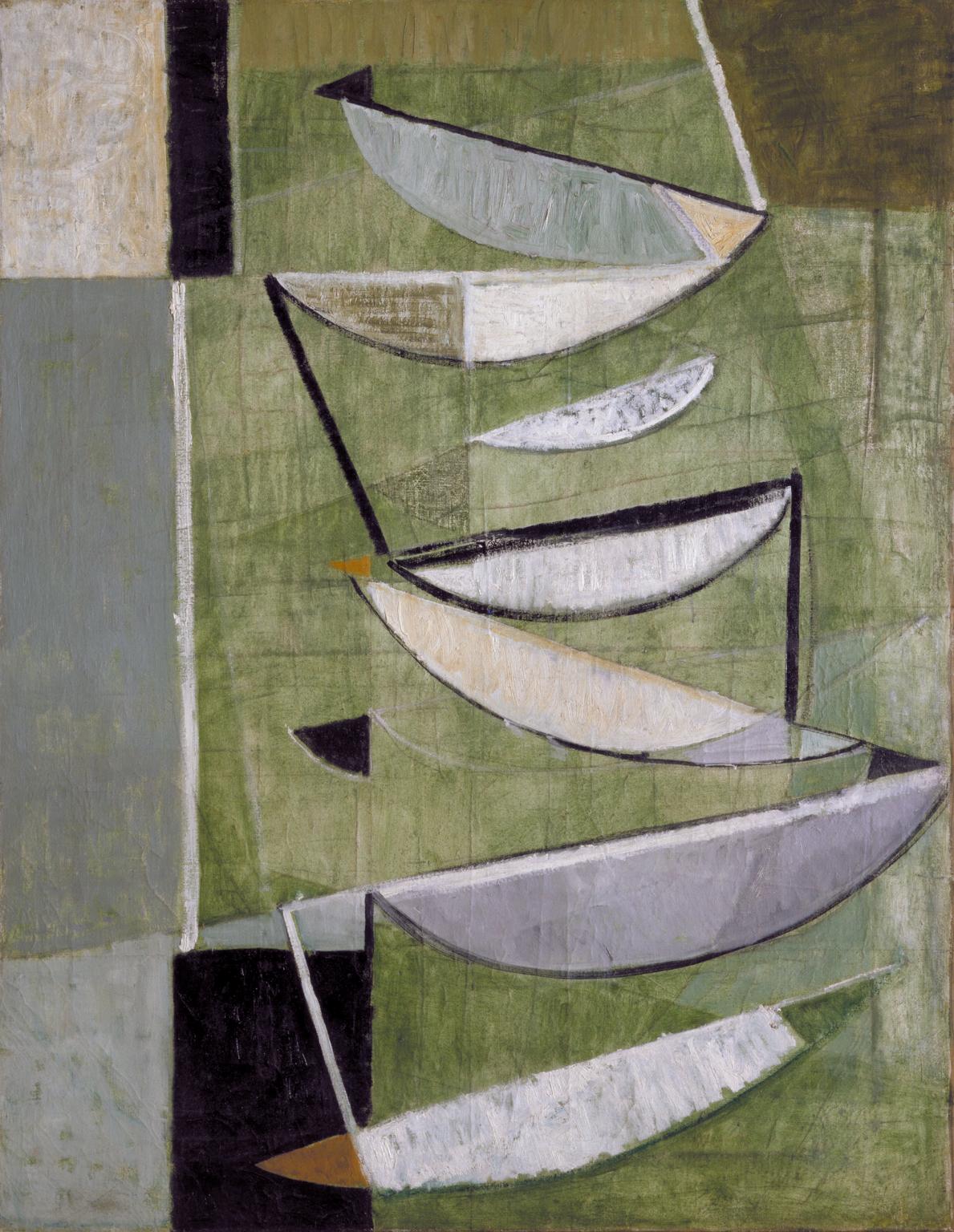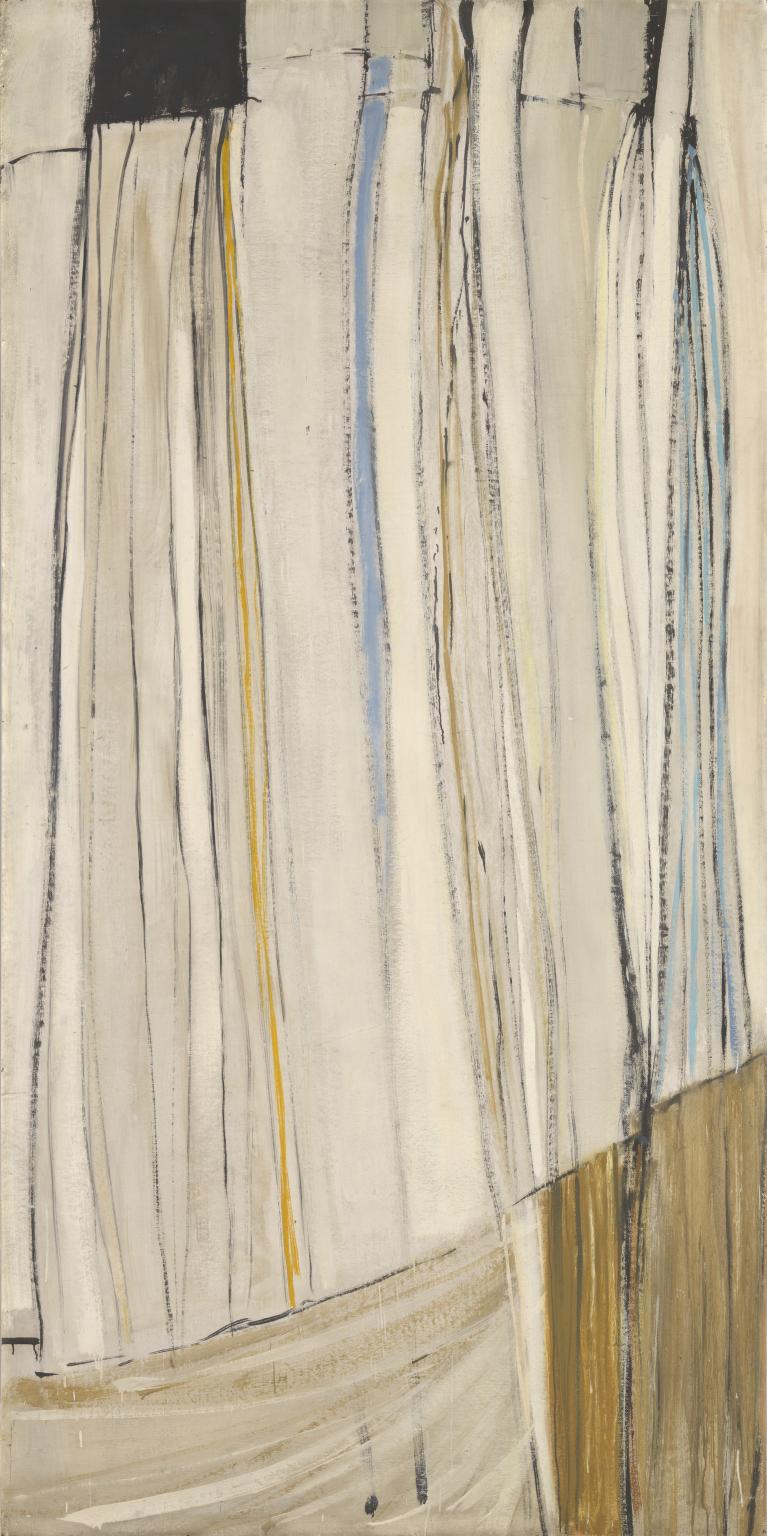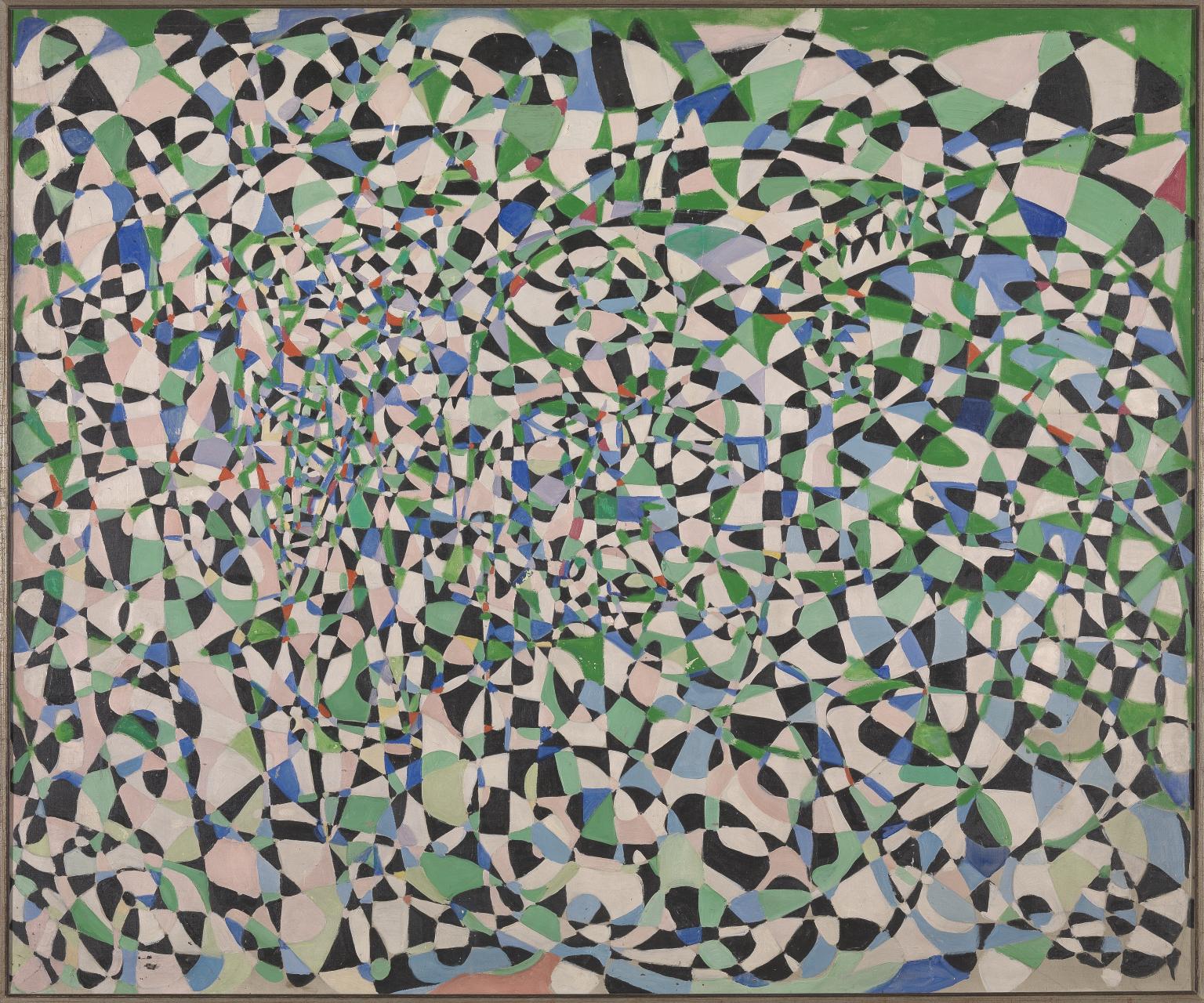6 rooms in Modern Conversations
Works in this room explore environments from Cornwall and across the world
How do you define a landscape? Beyond depicting scenes of nature, these works consider environments seen from above, below or within.
In the 20th century, manufacturing, technology and transport dramatically transformed how people lived and worked. Growing cities and industrialisation altered surroundings forever. Some artists responded with radical approaches that broke away from traditional painting and sculpture. The artists shown here were influenced by developments in fields such as science, politics and philosophy. They borrowed from these to investigate our environments and how we understand them. Their works question and reflect on our modern relationships with landscapes, sometimes going beyond what we can recognise or see. In this display, landscapes range from the vast to the invisible and also bring cultural and political perspectives.
Spotlight on Marlow Moss (1889-1958)
Art is as – Life – forever in the state of Becoming
Marlow Moss moved from Paris to Cornwall in 1941, fleeing the war in mainland Europe. A co-founder of the international group Abstraction-Création, Moss wanted to create art that would speak across cultures and capture the spirit of the time. Moss pioneered the graphic ‘double line’ motif, using systems of measurement and proportion to create a dynamic ‘rhythm in space’. Moss explained this in letters to the Dutch painter Piet Mondrian, who later used it in his work.
Moss’s abstract work and deliberately masculine appearance challenged both artistic and social conventions of the time. Moss’s approach to modern art and identity continues to provoke vital debate about art history, making, and gender.
Art in this room
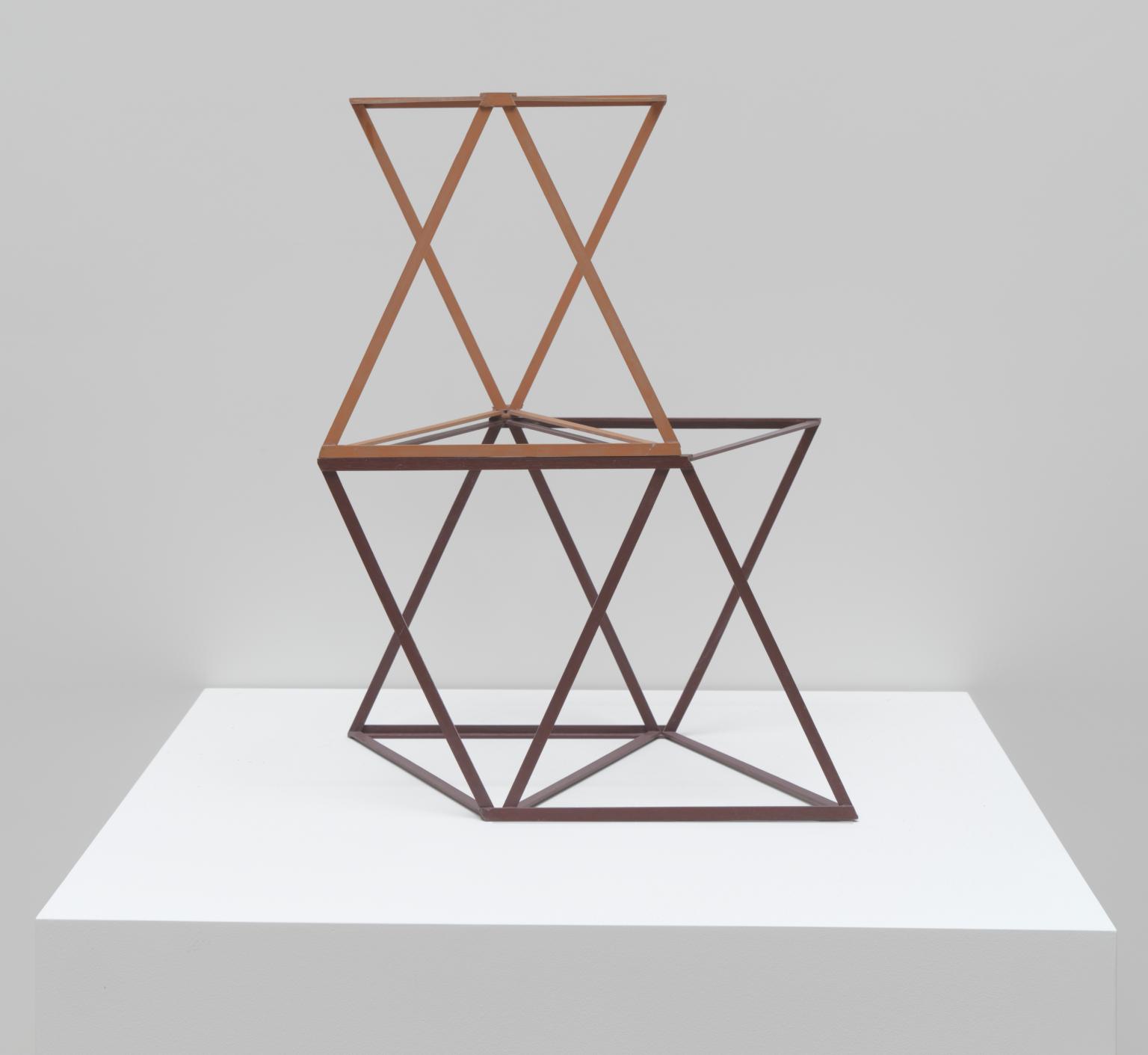
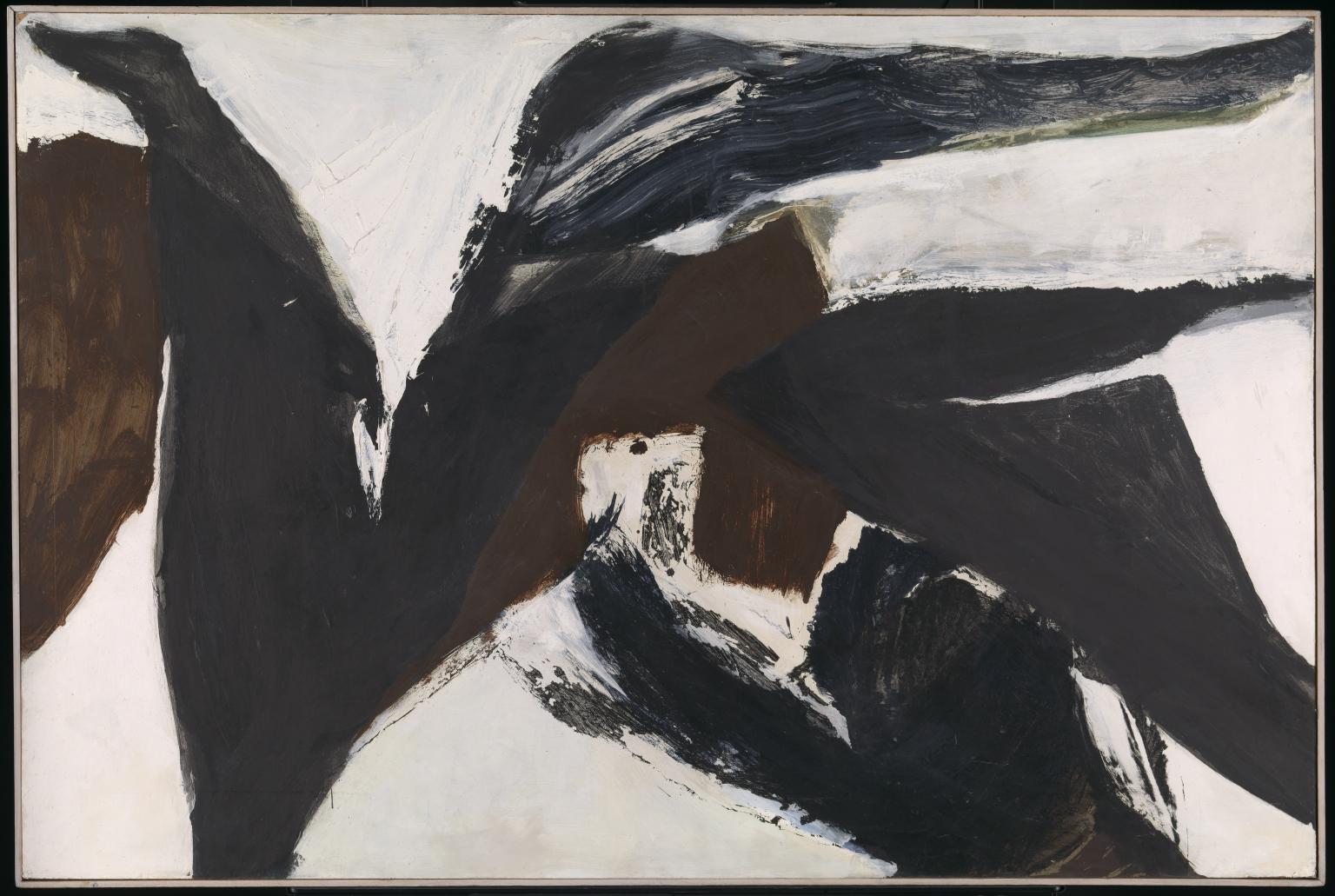
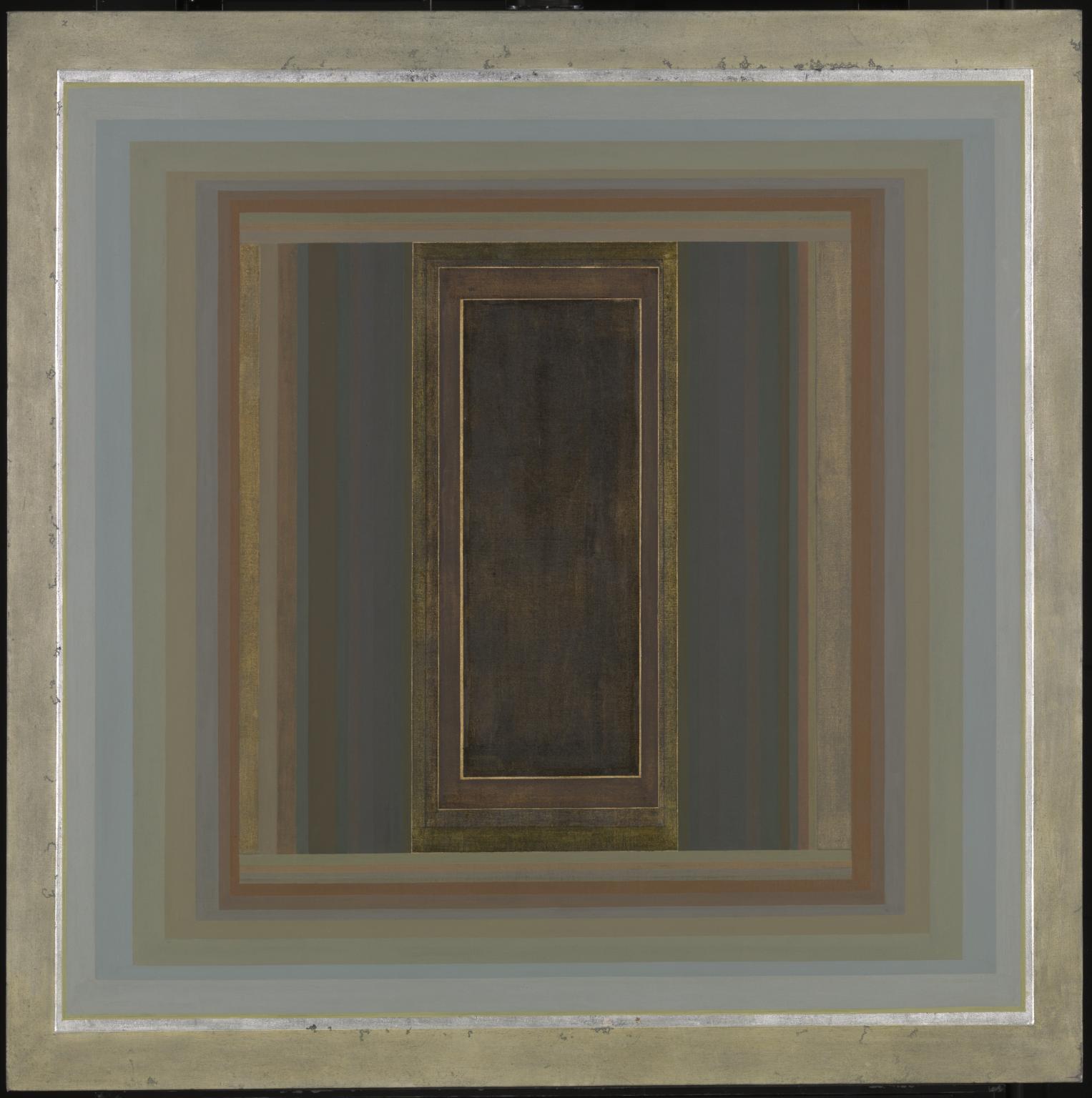
Sorry, no image available

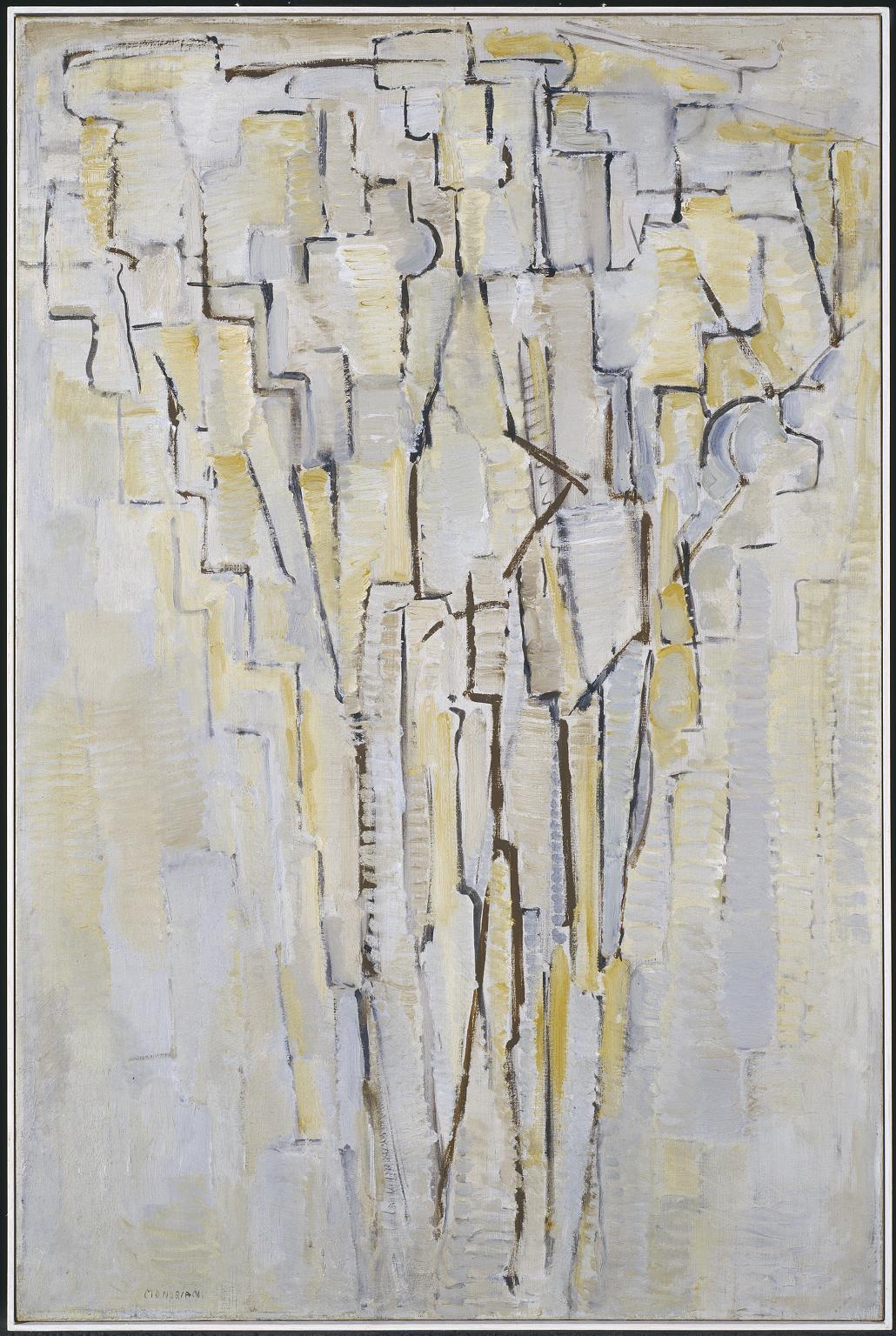
You've viewed 6/18 artworks
You've viewed 18/18 artworks

